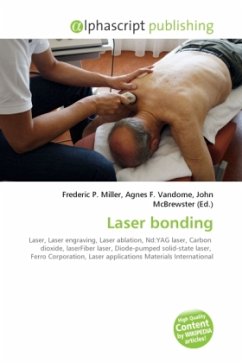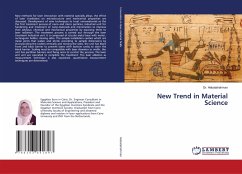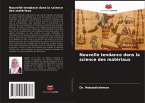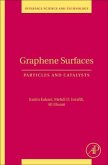Laser bonding is a marking technique that uses lasers and other forms of radiant energy to bond an additive marking substance to a wide range of substrates. Invented in 1997, this patent protected technology delivers permanent marks on metals, glass and ceramic parts for a diverse range of industrial and manual applications, ranging from aerospace to the awards & engraving industries. It differs from the more widely known techniques of laser engraving and laser ablation in that it is an additive process, adding material to the substrate to form the marking instead of removing it as in those techniques. For metals, parts can be permanently marked with high contrast, high resolution marks for logos, bar-coding, identification and serialization purposes, without damage to the substrate. With glass and ceramics, complex surfaces can be decorated or marked and the traditional firing process replaced by a laser, with its permanent bond fired on in seconds. Laser bonding has been achieved by Nd:YAG, CO2 laser, Fiber laser and Diode-pumped solid-state laser and can be made by other forms of radiant energy. Laser bonding is often referred to as CerMark, CerMarked, or CerMarking
Bitte wählen Sie Ihr Anliegen aus.
Rechnungen
Retourenschein anfordern
Bestellstatus
Storno








